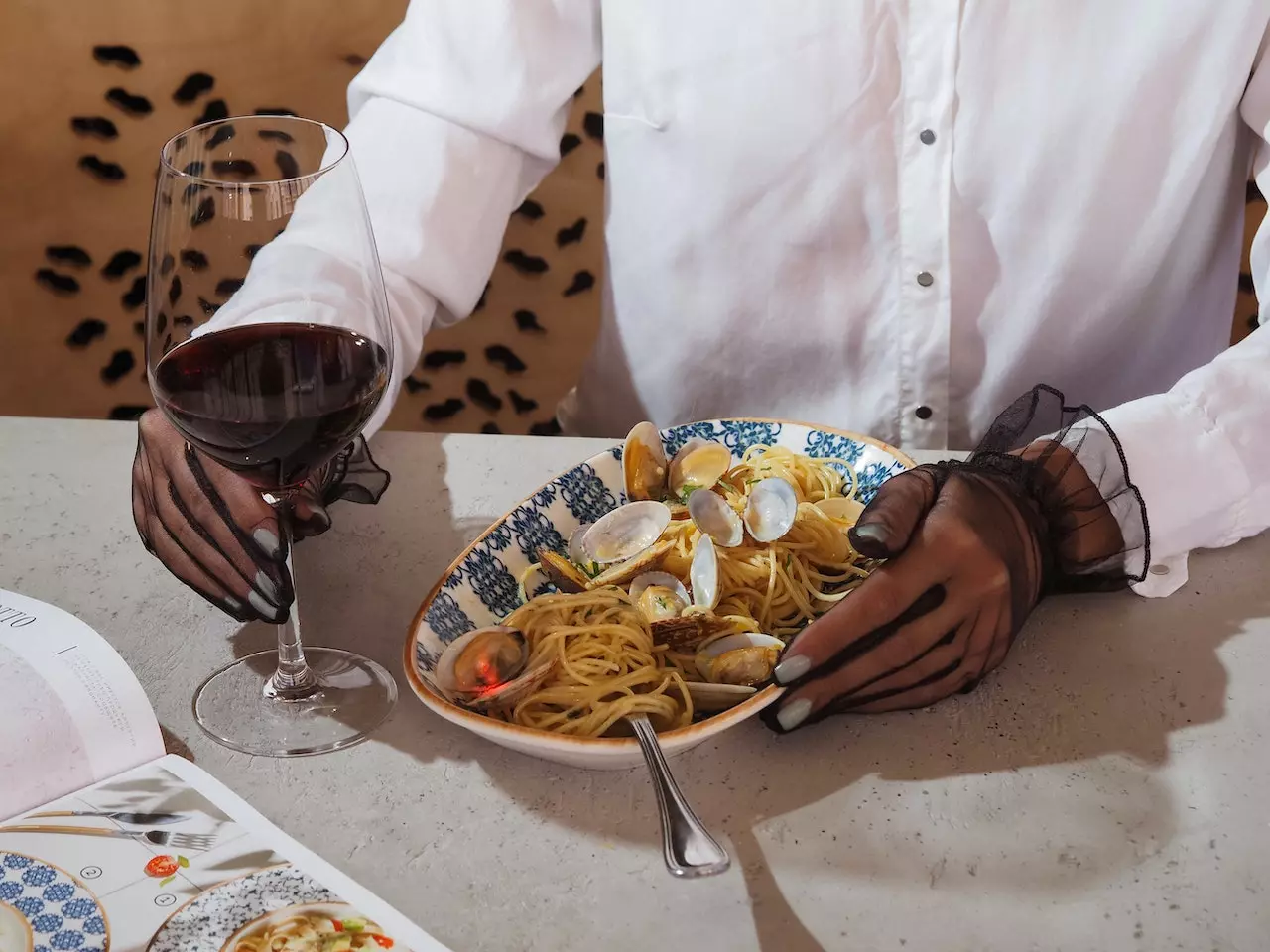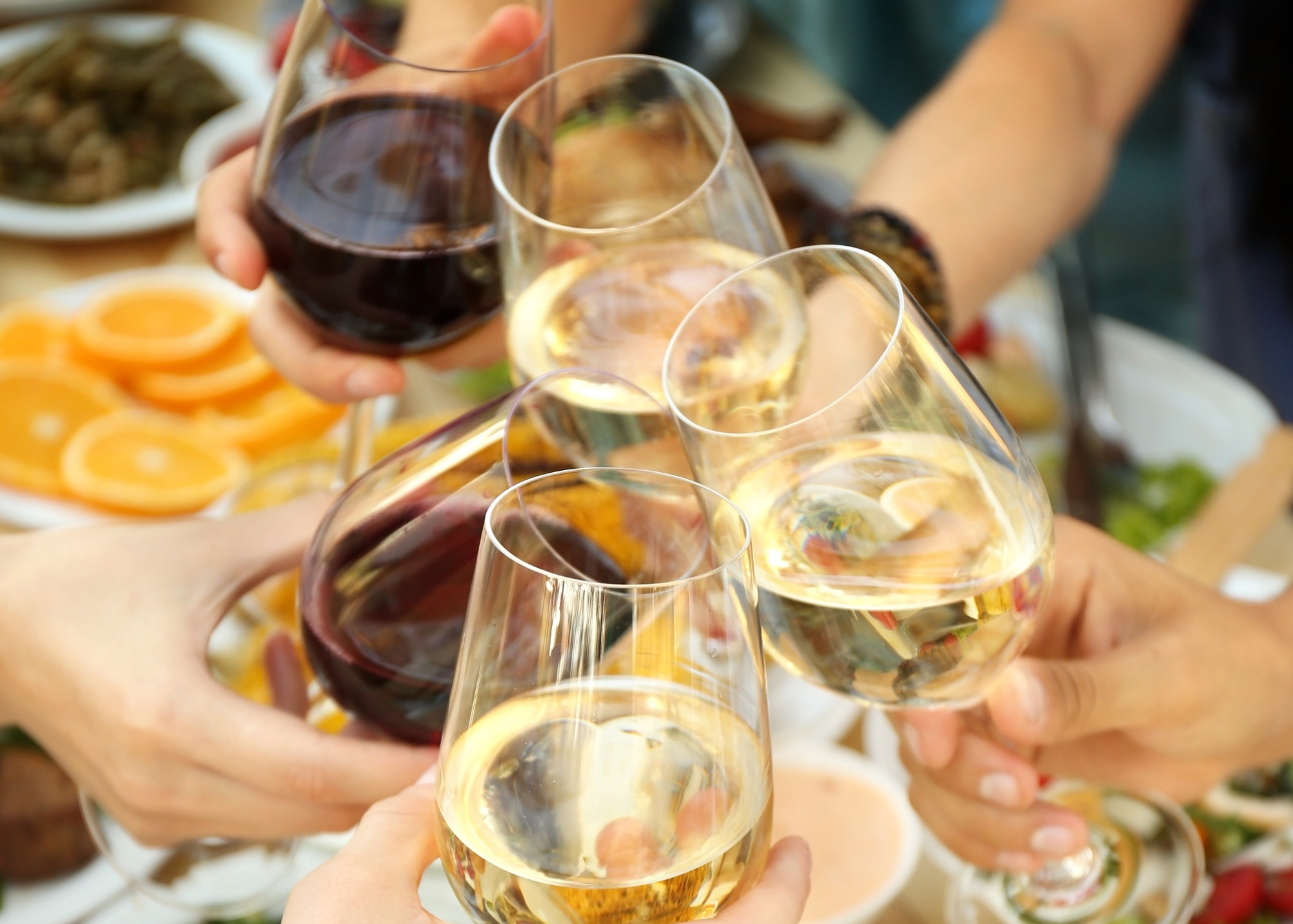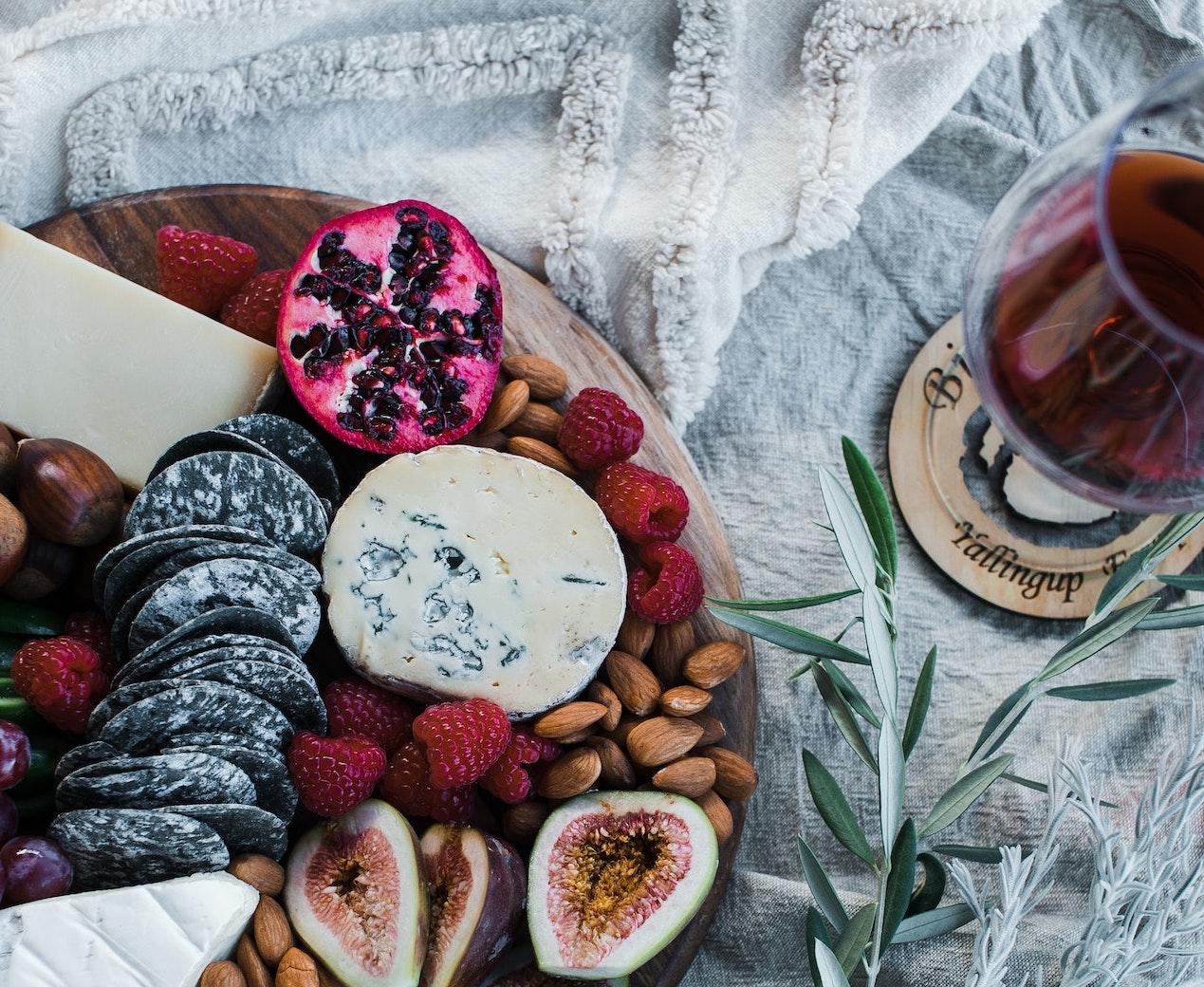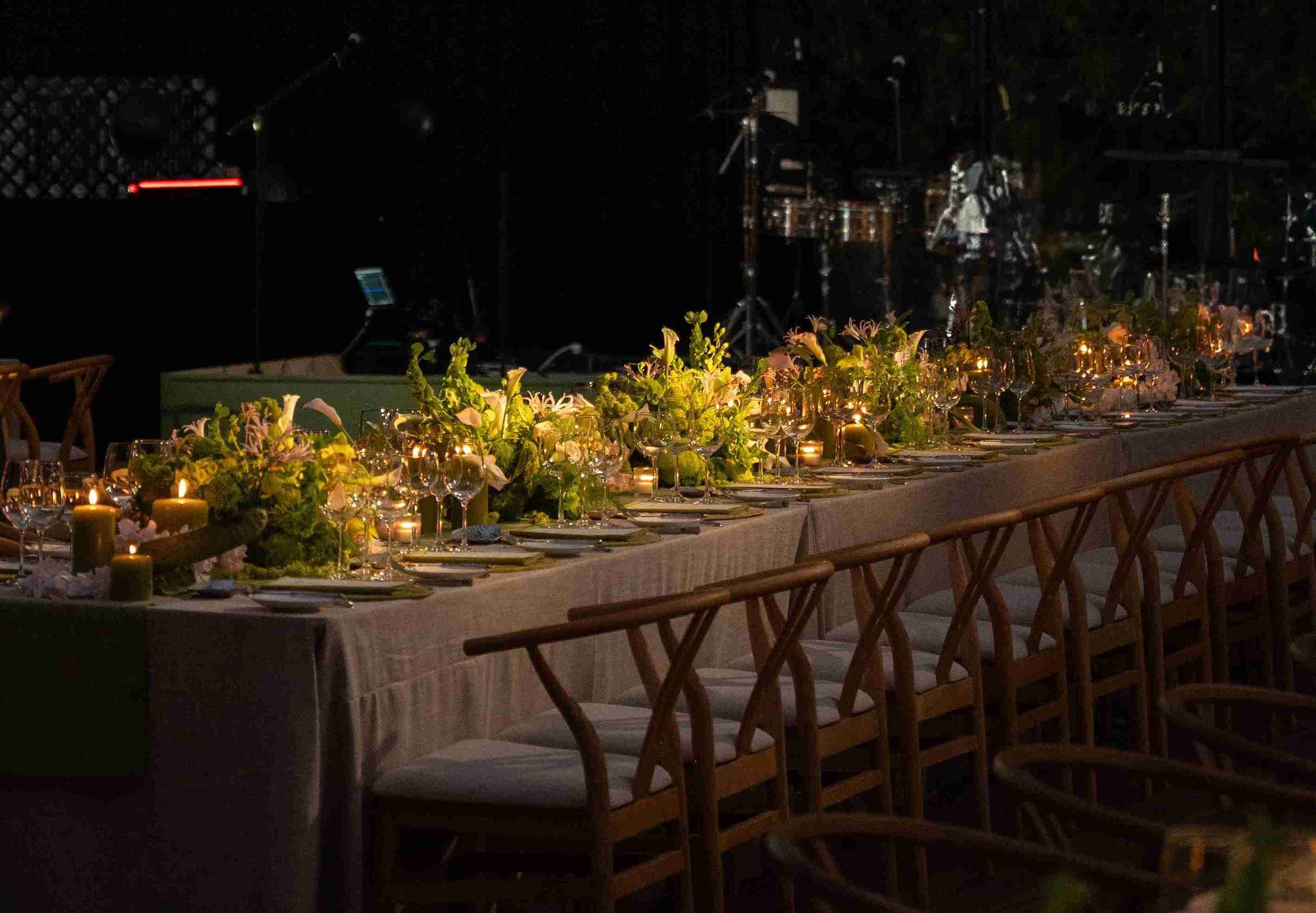
3 Rules to Make Food and Wine Pairing Easy
No more wondering about what to serve with wine
Tips from the expert
Written by Carlos Smith
For beginners, pairing food and wine can feel a bit like throwing darts in the dark. Sometimes you nail it. Other times, you don’t even hit the board. Whatever the result, remember that pairing is a highly subjective process. When successful, the right dish complemented by the perfect bottle can elevate the entire experience to a beautiful new level. But again, beauty is in the eye (or palette) of the beholder. Here are 3 basic rules to shed light on the world of food and wine pairings, so you can hit the mark every time.
1. Keep It Simple

“What Grows Together, Grows Together.”
Why? Because centuries before international trade, early winemakers crafted wine that reflected the taste of their native cuisine. This time-honored aphorism is the best overall rule to follow in wine pairing. Not only is it an ideal way to get your bearings, but it’ll also propel you to delve deeper into a region’s culinary heritage. Before long you’ll realize that there’s no shortage of quintessential pairings that you’ve probably already heard of – Sparkling Wine with soft cheese, Italian Reds with pasta Pomodoro, Cabernet Sauvignon with tender, broiled meats and the list goes on. An American example is locally caught Oregon Salmon with the state’s world-class Pinot Grigio and Pinot Noir. Such pairings can be magical, but it’s no accident that most wine is virtually tailored to accompany the local fare. Mastering this simple rule will open a floodgate where new pairing ideas overflow like water. Get ready to ride the wave.
2. Branch Out

Once you have the lay of the land, don’t hesitate to take your experience a step further. After all, if a food or wine shares similar structure and flavors to one of your preferred pairings, there are likely similar alternatives that can be effortlessly swapped in. Sticking with Oregon Salmon, how about Italian Pinot Grigio? It shares the same structure and profile, so that’s a no-brainer. And from there we can lateral into many other light white wines from around the world. Again, pairing is a process and one that takes practice. As you add more wines to your repertoire, you’ll gain the confidence to experiment with teaming up new tastes and flavors. Consider that sparkling wines and fried foods make for an iconic pairing. Now, how about Champagne and fried chicken? Bullseye! And as irresistible and amazing as that is, what’s even better is asking yourself, “What’s similar to fried chicken?” The pairing options are endless and extraordinary.
3. Balance is Best

The best pairings represent a marriage of tastes. And with marriage comes compromise and collaboration. That means neither the food nor the wine stands out. Neither one dominates, overpowers, or overwhelms the other. Instead, they work together, so what’s on your glass and your plate become symbiotic aspects of the same meal in all of its savory flavor. In any pairing, harmony and balance are crucial! Yes, flavors may contrast each other but this is secondary to how the structure of the wine and food interact. As you continue to navigate your journey into wine, you’ll find that different guides make firm proclamations about pairing rules. Typically, they include lighter dishes with light wines, bold flavors with bolder wines, high-acid food with higher acid wines, and sweeter food with sweeter wines. While you’ll no doubt identify other patterns along the way, be careful not to be overly specific or selective in considering pairings. If the pairing tastes great to you and both parts complement each other well, go for it.
Learning about wine is a never-ending journey for even the most accomplished professionals. Adding food pairings allows you to transcend the experience to new levels of dining pleasure. As you progress, you’ll find that not every pairing will meet your expectations. But don’t let the fear of missing out on a “better glass” limit you from trying. At the end of the day, every wine is important, even the wines you don’t necessarily love. In fact, often they’re the ones that will teach you the most, guiding you closer to discovering the truly sublime pairings you’ll cherish and share with others for years to come. Of course, the only way to learn is by trying, so what bottle are you opening with dinner tonight?
~
Carlos Solorzano-Smith is the founder of Aspen Cellar Consulting, Aspen Hospitality Group, and a prominent sommelier based in Aspen, Colorado. Recognized as an industry expert, his expertise is only matched by his passion. Carlos began his career in hospitality working for various luxury hotels and high-end restaurants across the nation, studying wine under the tutelage of top master sommeliers. In 2018, he launched Aspen Cellar Consulting, which has helped clients worldwide enhance both their wine collections and wine knowledge. In 2021, he launched Aspen Hospitality Group, a restaurant partnership dedicated to offering incomparable dining experiences.
More Articles

Host How I Host: Ashley Smith
A series of hosts, creatives, cooks, lovers of gatherings, dreamers, and so much more.

Host How I Host: Jennifer Zabinski
A series of hosts, creatives, cooks, lovers of gatherings, dreamers, and so much more.
.jpg)
Host How I Host: Amanda Danku
A series of hosts, creatives, cooks, lovers of gatherings, dreamers, and so much more.

The Experience Edit, Straight to Your Inbox
Expert tips, exclusive content, and the 411 on the latest parties.